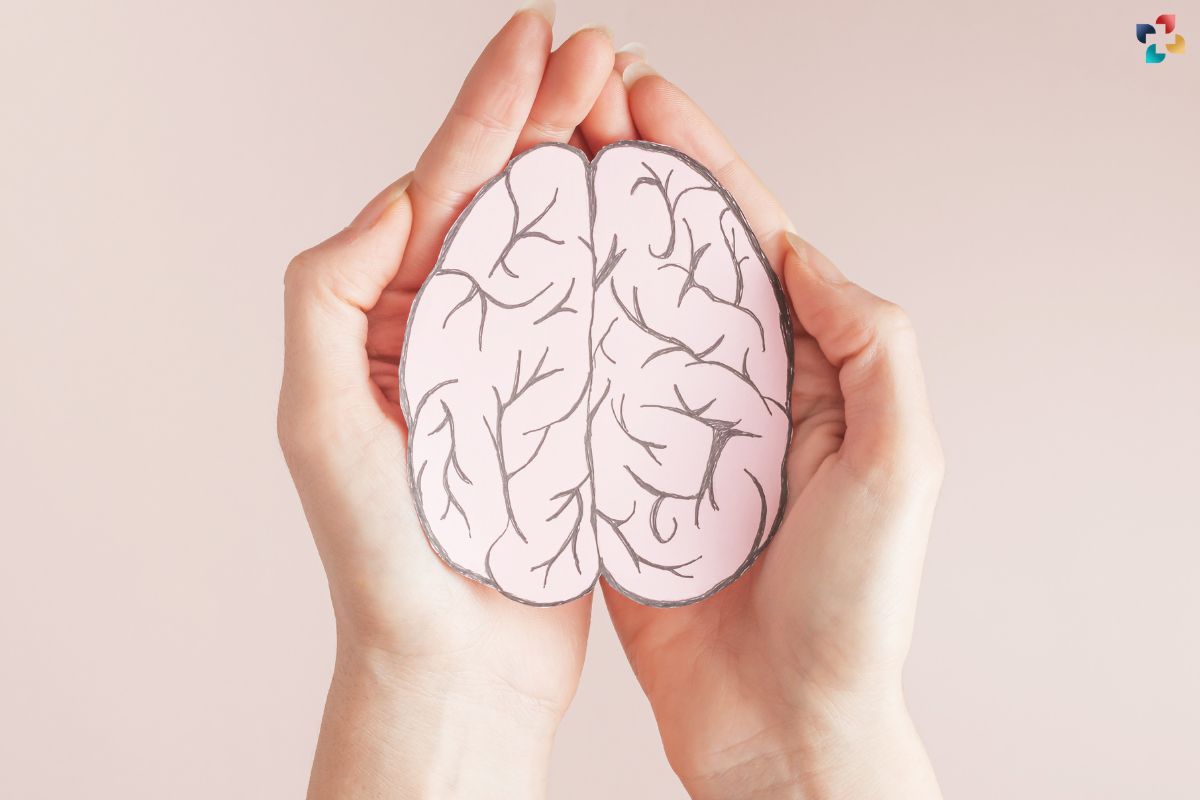Cannabis, commonly known as marijuana, is one of the most widely used substances globally. While it has been utilized for both medicinal and recreational purposes, its use can lead to dependency and addiction. Cannabis Use Disorder (CUD) is a recognized medical condition that affects a significant number of individuals. This comprehensive article aims to delve into the various aspects of Cannabis Use Disorder, including its symptoms, causes, and treatment options.
What is Cannabis Use Disorder?
It is a medical condition characterized by the problematic use of cannabis, leading to significant impairment or distress. It is included in the Diagnostic and Statistical Manual of Mental Disorders (DSM-5), which outlines the criteria for diagnosis. Individuals with Cannabis Use Disorder often find it challenging to control their cannabis consumption despite experiencing adverse effects on their health, social life, and daily functioning.
Symptoms of Cannabis Use Disorder
Identifying this disorder involves recognizing a range of symptoms that can manifest in various degrees of severity. According to the DSM-5, an individual must exhibit at least two of the following symptoms within a 12-month period to be diagnosed with Cannabis Use Disorder:
- Increased Tolerance: Needing more cannabis to achieve the desired effect or experiencing a diminished effect when using the same amount.
- Withdrawal Symptoms: Experiencing physical and psychological symptoms such as irritability, anxiety, and cravings when not using cannabis.
- Unsuccessful Attempts to Cut Down: Repeatedly trying to reduce or stop cannabis use without success.
- Time Spent on Cannabis-Related Activities: Spending a significant amount of time obtaining, using, or recovering from the effects of cannabis.
- Craving: Having a strong desire or urge to use cannabis.
- Neglecting Responsibilities: Failing to fulfill obligations at work, school, or home due to cannabis use.
- Social and Interpersonal Problems: Continuing to use cannabis despite experiencing relationship issues caused by its use.
- Reduced Participation in Activities: Giving up or reducing participation in important social, occupational, or recreational activities due to cannabis use.
- Using Cannabis in Hazardous Situations: Engaging in activities that are physically dangerous while under the influence of cannabis, such as driving.
- Continued Use Despite Physical or Psychological Problems: Using cannabis even though it causes or worsens physical or mental health issues.
Causes of Cannabis Use Disorder

Cannabis Use Disorder can develop due to a combination of genetic, environmental, and psychological factors. Understanding these causes can help in creating effective prevention and treatment strategies.
1. Genetic Factors
Research suggests that genetics play a significant role in the development of Cannabis Use Disorder. Individuals with a family history of substance use disorders are at a higher risk of developing CUD. Genetic variations can influence how the body responds to cannabis, affecting the likelihood of addiction.
2. Environmental Factors
Environmental influences, such as peer pressure, social acceptance of cannabis use, and exposure to drug-related environments, can increase the risk of developing Cannabis Use Disorder. Adolescents and young adults are particularly susceptible to these influences, especially if they are in environments where cannabis use is normalized.
3. Psychological Factors
Psychological factors, including stress, anxiety, depression, and other mental health disorders, can contribute to the onset of Cannabis Use Disorder. Individuals may use cannabis as a coping mechanism to alleviate symptoms of mental health conditions, which can lead to dependency over time.
4. Early Use
Starting cannabis use at a young age is associated with a higher risk of developing Cannabis Use Disorder. The brain is still developing during adolescence, making it more vulnerable to the effects of cannabis. Early exposure can lead to alterations in brain development, increasing the likelihood of addiction.
The Impact of Cannabis Use Disorder
Cannabis Use Disorder can have far-reaching effects on various aspects of an individual’s life, including physical health, mental health, and social functioning.
1. Physical Health
Chronic cannabis use can lead to a range of physical health issues. These may include respiratory problems due to smoking, cardiovascular issues, and impaired immune function. Additionally, prolonged use can result in cognitive impairments, affecting memory, attention, and learning abilities.
2. Mental Health

Cannabis Use Disorder is often associated with mental health conditions such as anxiety, depression, and psychosis. While some individuals use cannabis to self-medicate, its use can exacerbate these conditions over time. There is also evidence suggesting that cannabis use can trigger the onset of schizophrenia in predisposed individuals.
3. Social and Interpersonal Relationships
The social implications of Cannabis Use Disorder can be profound. Individuals with CUD may experience strained relationships with family and friends, difficulty maintaining employment, and social isolation. The stigma associated with substance use disorders can further exacerbate these issues, leading to a cycle of social withdrawal and increased cannabis use.
Treatment for Cannabis Use Disorder
Effective treatment for Cannabis Use Disorder typically involves a combination of behavioral therapies, support groups, and, in some cases, medication. The goal of treatment is to help individuals achieve and maintain abstinence, improve their quality of life, and address any co-occurring mental health conditions.
1. Behavioral Therapies
Behavioral therapies are the cornerstone of treatment for Cannabis Use Disorder. These therapies help individuals understand the underlying causes of their addiction, develop coping strategies, and make positive changes in their behavior. Some common behavioral therapies include:
- Cognitive-Behavioral Therapy (CBT): CBT focuses on identifying and changing negative thought patterns and behaviors associated with cannabis use. It helps individuals develop healthier coping mechanisms and improve their problem-solving skills.
- Motivational Enhancement Therapy (MET): MET aims to enhance an individual’s motivation to change their cannabis use behavior. It involves exploring personal goals and values to strengthen the desire for sobriety.
- Contingency Management: This therapy uses a reward-based system to encourage abstinence from cannabis. Positive behaviors, such as negative drug tests, are reinforced with incentives.
2. Support Groups
Support groups provide a sense of community and shared experience, which can be invaluable for individuals recovering from Cannabis Use Disorder. Groups such as Marijuana Anonymous (MA) offer peer support, guidance, and encouragement throughout the recovery process. These groups often follow a 12-step program similar to that used in Alcoholics Anonymous.
3. Medication
Currently, there are no FDA-approved medications specifically for treating Cannabis Use Disorder. However, some medications may be used off-label to address symptoms of withdrawal and co-occurring mental health conditions. Research is ongoing to develop and test new pharmacological treatments for CUD.
4. Integrated Treatment
For individuals with co-occurring mental health disorders, an integrated treatment approach is essential. This involves simultaneous treatment of both the substance use disorder and the mental health condition, ensuring a comprehensive and coordinated care plan.
Prevention of Cannabis Use Disorder
Preventing Cannabis Use Disorder involves addressing risk factors and promoting protective factors at individual, community, and societal levels. Effective prevention strategies include:
1. Education and Awareness
Raising awareness about the risks and consequences of cannabis use is crucial. Educational programs targeting adolescents, parents, and communities can help reduce the initiation and prevalence of cannabis use. These programs should provide accurate information about the potential for addiction and the impact of cannabis on physical and mental health.
2. Early Intervention
Identifying and addressing early signs of cannabis use and potential misuse can prevent the progression to Cannabis Use Disorder. Screening and brief intervention strategies in schools, healthcare settings, and community organizations can help identify at-risk individuals and provide them with appropriate support and resources.
3. Promoting Mental Health

Enhancing mental health resources and support systems can reduce the risk of substance use disorders. Access to mental health services, stress management programs, and healthy coping strategies can help individuals manage psychological challenges without resorting to cannabis use.
4. Policy and Regulation
Implementing and enforcing policies that regulate cannabis availability and use can reduce the risk of Cannabis Use Disorder. This includes age restrictions, advertising limitations, and measures to prevent driving under the influence of cannabis. Public health campaigns can also play a role in shaping social norms and reducing the acceptability of cannabis misuse.
Conclusion
Cannabis Use Disorder is a significant public health concern that requires comprehensive understanding and multifaceted approaches to address. By recognizing the symptoms, understanding the causes, and exploring effective treatment and prevention strategies, we can better support individuals affected by this disorder. Continued research and public education are essential to mitigate the impact of Cannabis Use and promote healthier communities.
In summary, it encompasses a range of symptoms that impact physical health, mental well-being, and social functioning. The disorder arises from a combination of genetic, environmental, and psychological factors. Effective treatment involves behavioral therapies, support groups, and integrated care for co-occurring conditions. Prevention strategies include education, early intervention, mental health promotion, and regulatory policies. By addressing these aspects, we can work towards reducing the prevalence of Cannabis Use Disorder and improving the lives of those affected.







